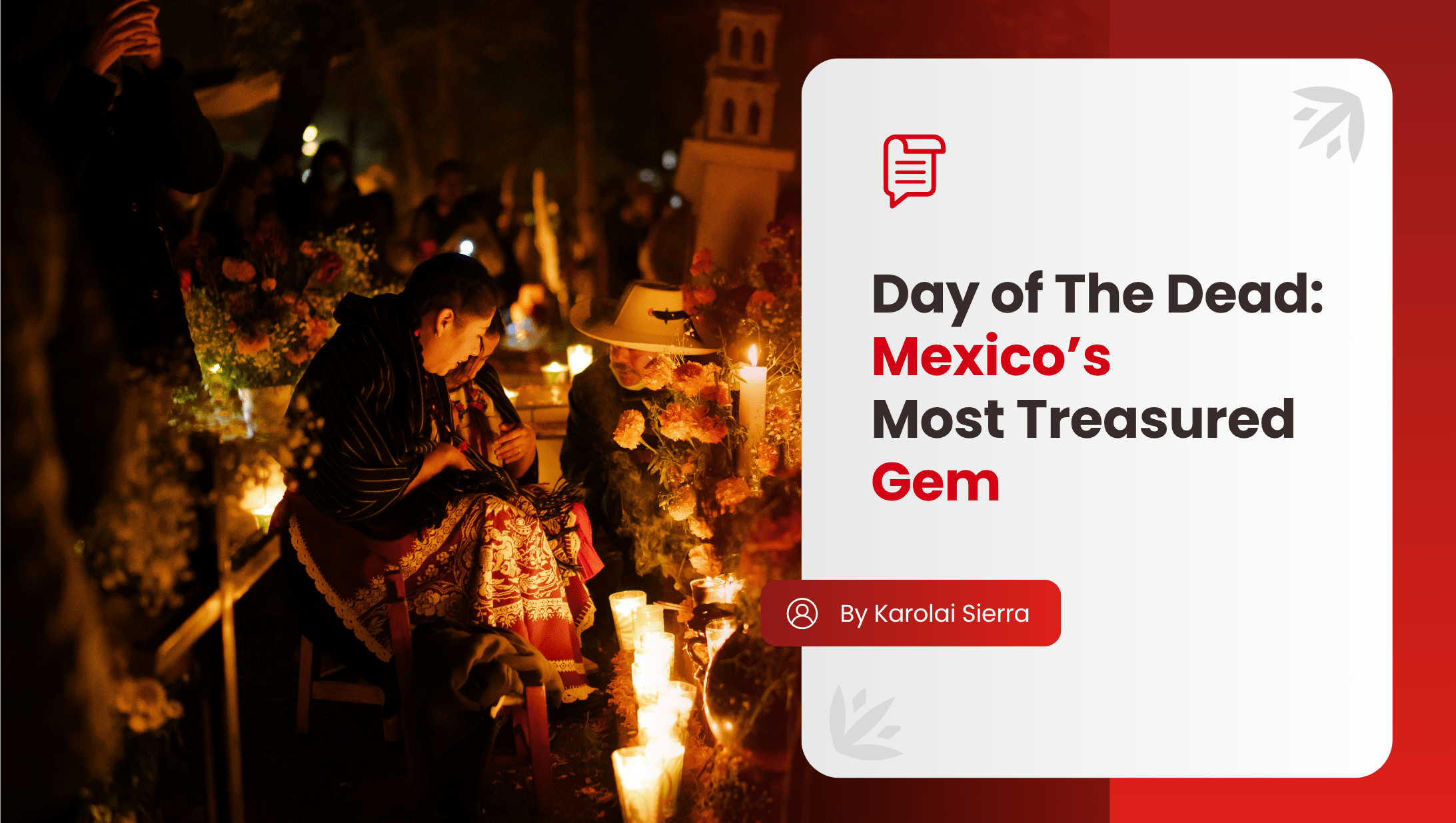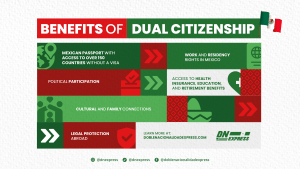
Each year, from October 31 to November 2, Mexican families gather to honor their loved ones in one of the most meaningful traditions in the world, Día de Muertos (Day of the Dead). More than just a colorful holiday, this celebration is a bridge between generations, cultures, and even countries.
For millions of Mexicans and Mexican-Americans living in the United States, Día de Muertos is more than a memory; it’s a reminder of who they are and where they come from. It’s a tradition that says: our loved ones may be gone, but their stories, culture, and love still live within us.
The Origin of Día de Muertos
The roots of Día de Muertos stretch back more than 3,000 years, to the ancient civilizations of Mesoamerica, particularly the Aztec, Maya, and Purepecha peoples. These pre-Hispanic cultures believed that death was not the end, but simply another stage of existence.
When Spanish colonizers arrived in the 16th century, Catholic traditions such as All Saints’ Day and All Souls’ Day blended with these Indigenous beliefs. The result was the modern celebration of Día de Muertos, observed on November 1st (for children) and November 2nd (for adults).
Today, UNESCO recognizes Día de Muertos as part of the Intangible Cultural Heritage of Humanity, a celebration that continues to unite families across time and distance.
The Meaning Behind the Altar
At the heart of Día de Muertos is the altar, or ofrenda, carefully built in homes, schools, and public spaces to welcome the spirits of loved ones who return to visit.
Each element of the altar has deep symbolism:
- Marigold flowers (Cempasúchil): Their golden color and scent guide souls back home.
- Candles: Represent light and hope, illuminating the path for the returning spirits.
- Pan de muerto (Bread of the dead): A symbol of unity and the cycle of life.
- Water and food: Offer rest and comfort after a long journey.
- Photographs and favorite items: Bring the memory of the deceased into the present.
These details aren’t merely decorations; they’re acts of remembrance. They turn grief into gratitude and loss into love.
Halloween vs. Día de Muertos: Two Very Different Worlds
Because they occur around the same time of year, Día de Muertos is often confused with Halloween, but their meanings couldn’t be more different.
Halloween, which originated from the Celtic festival of Samhain, was a time to scare away spirits and celebrate the supernatural. Over centuries, it evolved into the costume-and-candy tradition we know today in the U.S.
Día de Muertos, on the other hand, is not about fear; it’s about love.
Instead of avoiding spirits, families welcome them. Instead of darkness, they celebrate light.
Both holidays deal with death, but while Halloween plays with it, Día de Muertos honors it. It’s a reflection of the Mexican view of mortality, not as something tragic, but as a continuation of life and memory.
Keeping Traditions Alive Across Borders
In cities like Los Angeles, Chicago, Houston, and New York, Día de Muertos altars bloom every year in homes, parks, and community centers. For Mexican families abroad, these altars are not just cultural displays; they’re a way to keep their identity alive.
Parents teach their children how to build an altar, what each flower means, and whose photos to place. It’s a moment of connection, even if the family left Mexico generations ago.
This is the beauty of being Mexican abroad: you can live, work, and thrive anywhere, yet your roots remain deeply tied to your heritage.
But for many, that connection goes beyond tradition; it’s also about legal and cultural belonging. That’s where dual citizenship comes in.

Reconnecting With Your Mexican Identity Through Dual Citizenship
For those born in the U.S. to Mexican parents or grandparents, obtaining Mexican dual citizenship is a way to make that identity official.
With dual nationality, you don’t just celebrate Mexican culture; you become part of it in every sense.
It means:
- The right to live, work, and own property in Mexico.
- Easier travel and access to Mexican consular protection worldwide.
- The ability to pass your citizenship to your children, keeping your heritage alive.
- And, most importantly, a formal acknowledgment of your family’s roots.
Día de Muertos reminds us that our connection to the past is sacred, and through dual citizenship, you can strengthen that bond for the future.
Benefits Of Being a Dual Citizen
Whether you’re applying through your parents or grandparents, obtaining dual citizenship comes with a lot of benefits.

How DNEXPRESS Helps You Bring Your Heritage Home
At Doble Nacionalidad Express (DNEXPRESS), we help Mexican-Americans and their families obtain or recover Mexican citizenship, from document review to final approval.
Our team manages every step of the process:
Whether you’re applying through your parents or grandparents, DNEXPRESS ensures that your documents are accurate, your timeline is clear, and your case is handled with care.
This Day of the Dead, as you light a candle for those who came before you, remember, your story is part of theirs.
And your heritage is something worth reclaiming.
Start your dual citizenship process by clicking here for a free case review.



